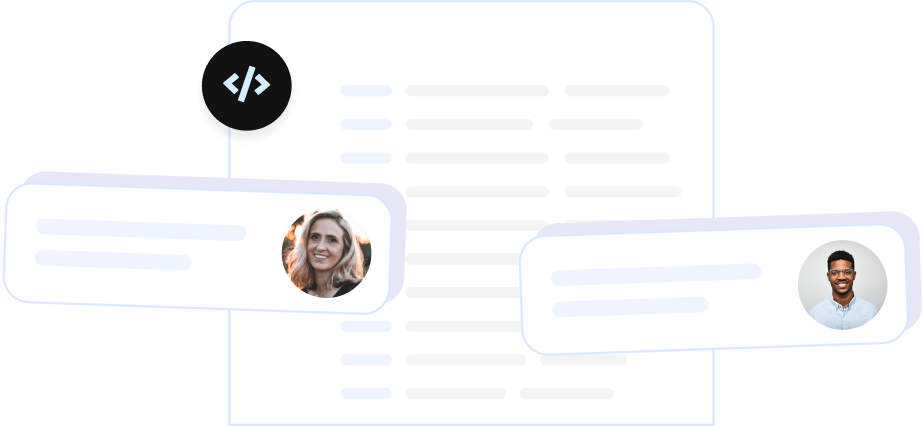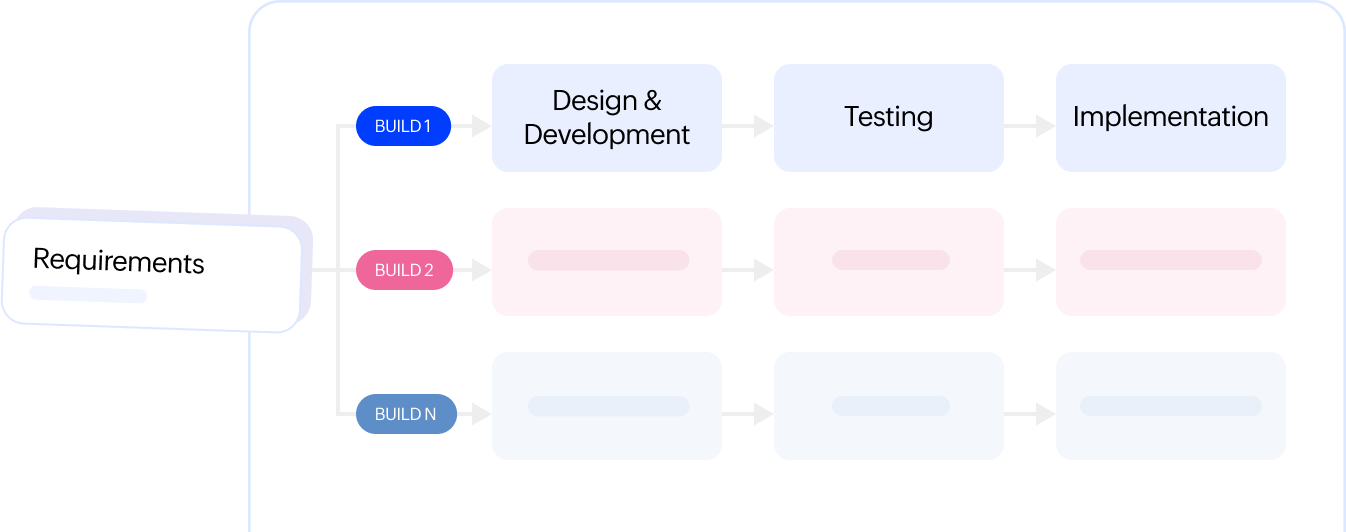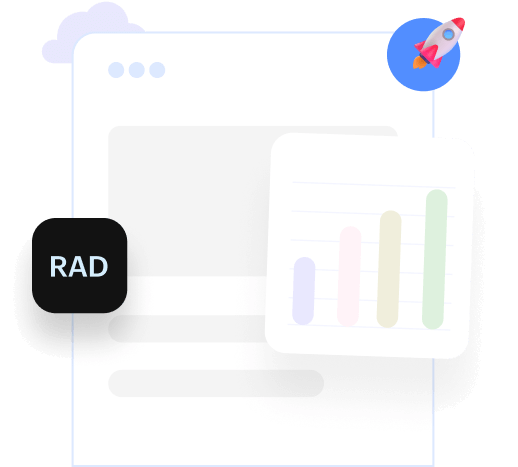What is the rapid application development (RAD) model?
The rapid application development (RAD) model focuses on iterative and incremental prototypes, aiming to accelerate effective software development and foster rapid holistic business process automation.
Conventional software engineering approaches emphasize time-consuming and effort-intensive rigid processes to ship software. But agile software engineering approaches, like the rapid application development (RAD) model, instead insist on tangible minimum viable products built incrementally based on continuous user feedback, ensuring speed of delivery, alignment with business goals, and stakeholder empowerment.
The principles of the RAD model
Prototypes: Iterative engineering
In the RAD model, you develop software based on the concept of prototypes. A prototype is a functional but basic version of the end product, which is incrementally built and improved on after taking into account feedback from stakeholders at the end of each iteration. The prototype is cumulatively improved till you obtain the final desired end product. From a prototype with only one feature, it's gradually metamorphosed into a fully functional software solution at the end of the RAD model's development cycle.
Focus on what's essential: Features instead of documentation
Where other software engineering approaches insist on extensive documentation and other mundane aspects of software engineering, the RAD model focuses on actionable deliverables whose feature capabilities do the talking. The focus is on working software, not ancillary documentation, which is in stark contrast to the traditional waterfall model, where you dedicate an entire phase of software development to documentation.
Constant end-user engagement
Unlike other software engineering approaches, like the waterfall model, where you consult end users and business stakeholders mostly during the initial phases, with the RAD model, you expose them to functional prototypes from the beginning till the conclusion of the software engineering process, gathering their counsel at every step.
Reuse components and infrastructure
Focusing on speed, the RAD model emphasizes reusing code infrastructure while developing modules and avoiding "re-inventing the wheel" during the engineering process. For example, if you develop a module and, at a later point, a requirement arises that can make use of this module, you simply tweak it, modify it, and use it. This saves the hassle of going back to the drawing board.
Cross-functional involvement and collaboration
Under the RAD model, teams involve members from different functions, such as development, business, quality assurance, and scrum teams. This creates a unique and dynamic blend of personnel who can contribute holistically to the software engineering process. These cross-functional teams constantly share input with each other, to ensure that business goals align with the software they build.
Key features of the RAD model
Jump-started development
The focus is on the software deliverables. Unlike the waterfall model, there are no extensive documentation efforts. This frees up time and saves on effort, allowing teams to focus on what's essential and improve their efficiency and throughput.

End user-empowered engineering
Right from the beginning, you inform all stakeholders, including end users of the software, about the status quo for each prototype. The teams ensure that feedback from all stakeholders is taken into account while they develop the product. This ensures holistic coverage of requirements and ensures that there is no scope creep or missed requirements.

Incremental prototyping ensures conformity
Each prototype release ensures you build the features required incrementally, improving the software with each release. Feature-driven development ensures holistic functionality implementation, with an emphasis on quality.

Accelerated deployment times
Faster development means accelerated deployment times; you deliver working prototypes much faster than conventional methods. What used to take a couple of years or several months with the waterfall model will only take a few weeks with the RAD model.

Phases in the RAD model
The RAD model comprises the following phases, executed cyclically:
- Requirements
- Design
- Engineering
- Deployment
Comparing the RAD model with other approaches RAD vs. Waterfall
Feature
RAD
Waterfall
Requirements gathering
Done for each prototype. Builds cumulatively.
Done in the initial stages. You can make changes via a "change request (CR)" at the end of deployment, which necessitates a repetition of the effort.
Flexibility in incorporating change in mid-development stages
Highly flexible. You can introduce changes into the prototypes at any phase of product maturity.
Highly inflexible. You cannot implement changes without repeating the development life cycle, once you deploy the product.
Product development approach
Iterative. Each build improves upon the previous one.
Linear. Processes proceed in a predefined manner.
Business stakeholder involvement
Completely involved in the product, from the first feature developed to the final sign-off.
Business stakeholders are involved only during the initial phase of requirements gathering.
Quality assurance and testing
Continuous, right from the first function coded. Done for each prototype.
Only done at the end.
Why choose RAD?
Persistent stakeholder engagement
You engage stakeholders at every point of the software engineering process. This is a win-win situation for all pertinent stakeholders.
Modular
You build features module by module. This reduces the need to revamp the end product when you deploy it and avoids the possibility of scope creep or missed features.
Speed of delivery and quality
You deliver functional software at a breakneck speed, compared to the protracted development cycles in other engineering approaches. Constant evaluation and testing at every stage of development ensures impeccable quality and minimal room for bugs and defects in the end product.
Affordable
Clear, defined timelines ensure that costs remain within estimates. The minimized need for going back to the drawing board also eliminates the requirement for reallocation of funds for process repetition.
The RAD model: A definitive solution for fast and effective application engineering
There are several approaches to leveraging the RAD model for effective application engineering. One of them is the use of low-code platforms, like Zoho Creator. This platform allows you to implement the RAD model while you develop your applications, ensuring that you accomplish application engineering up to ten times faster than conventional methods. Sign up for a free Zoho Creator trial today and evaluate the RAD model for yourself!
Sign up for free